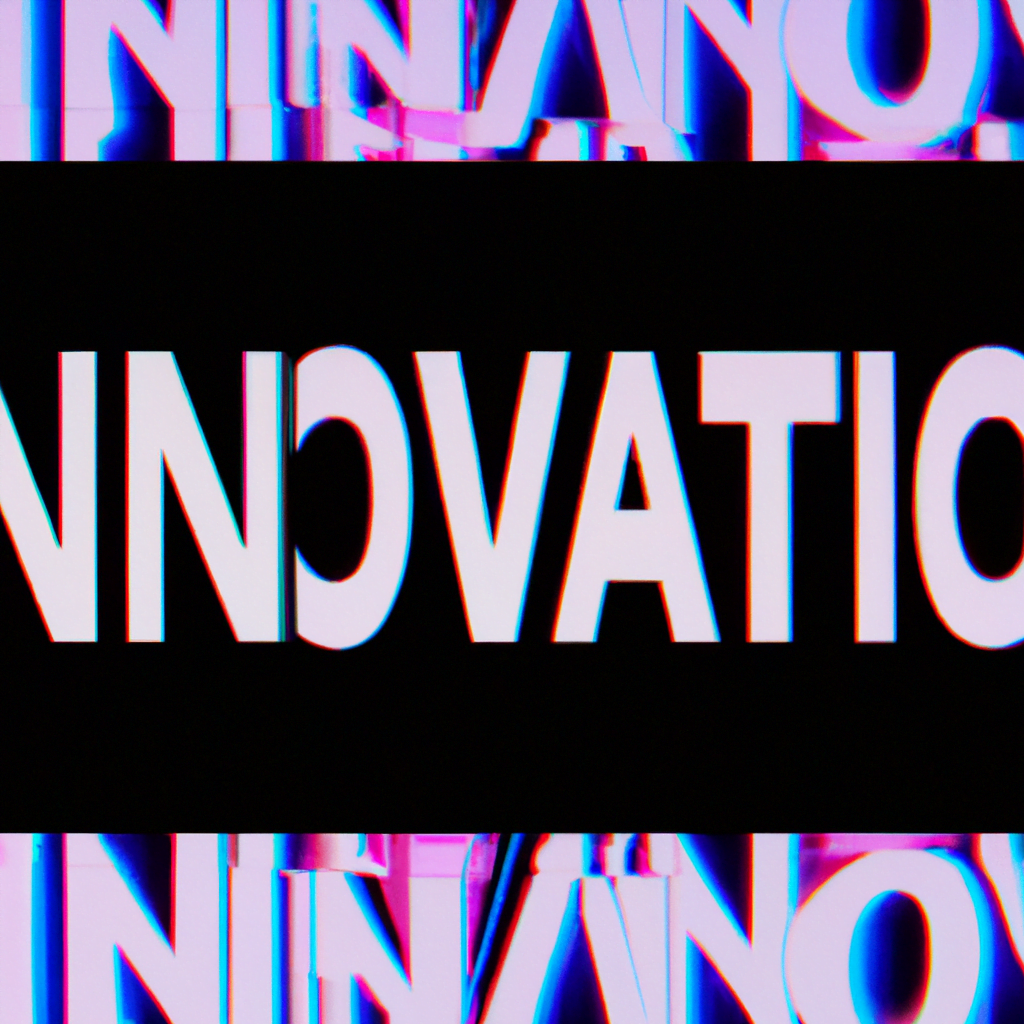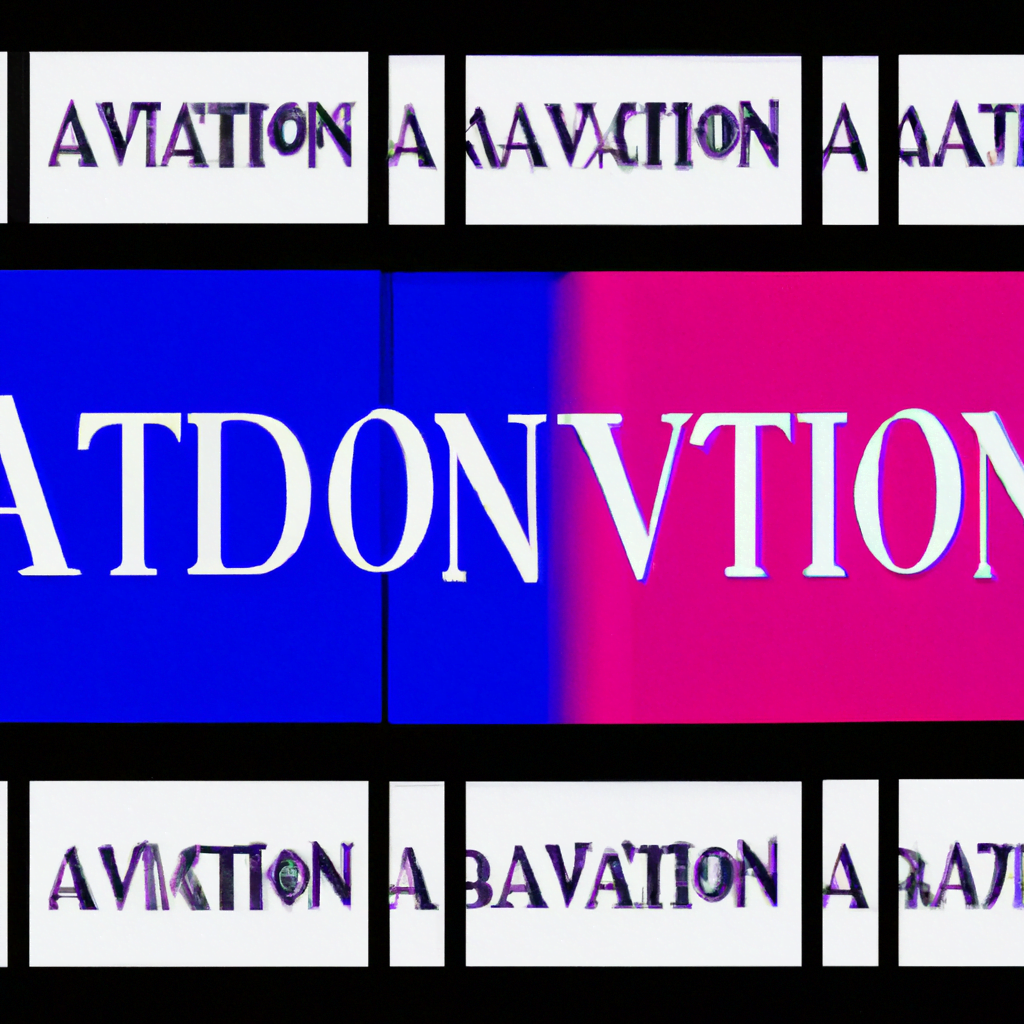
AI-Generated Typography: Innovative Approaches to Font Design

Typography plays a crucial role in design, shaping the way we perceive and interact with written content. From books and websites to advertisements and logos, fonts are essential in conveying messages and evoking emotions. Traditionally, font design has been a labor-intensive process, requiring skilled typographers to meticulously craft each letterform. However, with the advent of artificial intelligence (AI), innovative approaches to font design have emerged. AI-generated typography offers exciting possibilities, enabling designers to create unique and personalized fonts efficiently. In this article, we will explore the impact of AI on font design, examine the benefits and challenges of AI-generated typography, and showcase some remarkable examples of AI-powered font creation.
The Impact of AI on Font Design
Artificial intelligence has revolutionized various industries, and font design is no exception. AI algorithms can analyze vast amounts of data, learn from existing fonts, and generate new typefaces that mimic or surpass human-designed fonts. This technology has opened up new avenues for creativity and experimentation in typography.
One of the significant impacts of AI on font design is the ability to automate the font creation process. Traditionally, designing a font required countless hours of manual labor, from sketching initial concepts to refining each letterform. With AI, designers can now automate repetitive tasks, such as generating initial sketches or adjusting letter spacing, allowing them to focus on more creative aspects of font design.
Furthermore, AI can analyze and learn from existing fonts to generate new ones that align with specific design requirements. By training AI models on vast font libraries, designers can create fonts that match a particular style or evoke a specific mood. This not only saves time but also expands the possibilities for font customization and personalization.
The Benefits of AI-Generated Typography
AI-generated typography offers several benefits that enhance the font design process and the overall user experience. Let’s explore some of these advantages:
1. Increased Efficiency
AI-powered font design tools can significantly speed up the font creation process. By automating repetitive tasks, designers can focus on more creative aspects, resulting in faster turnaround times. This increased efficiency allows designers to experiment with multiple font variations and iterate more quickly, ultimately leading to better design outcomes.
2. Enhanced Creativity
AI-generated typography provides designers with a vast range of possibilities and creative inspiration. By leveraging AI algorithms, designers can explore unconventional and innovative font designs that may not have been feasible manually. This technology encourages designers to push the boundaries of typography and create unique and captivating fonts.
3. Improved Accessibility
Typography plays a crucial role in ensuring content accessibility. AI-generated typography can help address accessibility challenges by automatically generating fonts optimized for readability. By analyzing factors such as letter spacing, contrast, and legibility, AI algorithms can create fonts that are easier to read for individuals with visual impairments or reading difficulties.
4. Personalization and Customization
AI-powered font design tools enable designers to create personalized and customized fonts tailored to specific brands or projects. By training AI models on brand guidelines or design preferences, designers can generate fonts that align perfectly with a brand’s identity. This level of customization enhances brand recognition and helps create a consistent visual language across various touchpoints.
The Challenges of AI-Generated Typography
While AI-generated typography offers numerous benefits, it also presents some challenges that designers and developers need to address. Let’s explore a few of these challenges:
1. Maintaining Human Touch
One of the primary concerns with AI-generated typography is the risk of losing the human touch and uniqueness that traditional font design brings. Fonts created by human typographers often carry a sense of craftsmanship and individuality. It is essential to strike a balance between leveraging AI’s capabilities and preserving the human element in font design.
2. Ethical Considerations
As AI-generated typography becomes more prevalent, ethical considerations arise. For example, using AI to replicate existing fonts without proper licensing or attribution can lead to copyright infringement. Designers and developers must ensure that AI-generated fonts respect intellectual property rights and adhere to ethical design practices.
3. Bias in Training Data
AI algorithms learn from the data they are trained on, and if the training data contains biases, those biases can be reflected in the generated fonts. For example, if the training data predominantly consists of fonts from a specific cultural or stylistic background, the AI-generated fonts may exhibit similar biases. It is crucial to curate diverse and inclusive training datasets to mitigate bias in AI-generated typography.
Examples of AI-Powered Font Creation
Several remarkable examples demonstrate the capabilities and potential of AI-generated typography. Let’s explore a few of these examples:
1. Prototypo
Prototypo is an AI-powered font editor that allows designers to create custom fonts by adjusting various parameters. By manipulating sliders for characteristics like weight, contrast, and serifs, designers can generate unique font variations in real-time. Prototypo’s AI algorithms ensure that the generated fonts maintain consistency and readability across different letterforms.
2. Fontjoy
Fontjoy is an online tool that uses AI to generate font pairings. By analyzing a user’s input, such as a selected font or a desired mood, Fontjoy suggests complementary fonts that work well together. This AI-powered tool saves designers time and effort in finding harmonious font combinations, ensuring a visually pleasing and cohesive design.
3. Google Fonts’ AI Experiments
Google Fonts has been exploring the possibilities of AI in font design through various experiments. One notable experiment is the “Parametric Font Playground,” which allows users to interactively adjust font parameters and generate unique font variations. This AI-powered playground encourages designers to experiment with typography and discover new design possibilities.
Summary
AI-generated typography has revolutionized font design, offering increased efficiency, enhanced creativity, improved accessibility, and personalized customization. By leveraging AI algorithms, designers can automate repetitive tasks, explore unconventional designs, and create fonts tailored to specific brands or projects. However, challenges such as maintaining the human touch, ethical considerations, and bias in training data need to be addressed. Remarkable examples like Prototypo, Fontjoy, and Google Fonts’ AI experiments showcase the potential of AI in font design. As AI continues to advance, we can expect even more innovative approaches to font creation, pushing the boundaries of typography and enhancing the visual language of design.
